 |
 |
|
When Eating Out:

At The Pharmacy:
|
At Home:

|

| *As people decrease their salt and sodium intake, their tendency to think that foods need to be salty to be tasty decreases as well.* |
| INSTEAD OF ... | TRY ... | |
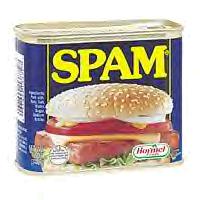 |
Smoked, cured, salted, and canned meat, fish & poultry |
Unsalted fresh or frozen meat, fish & poultry |
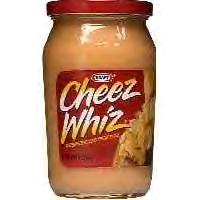 |
Regular hard and processed cheese |
Low-sodium cheese |
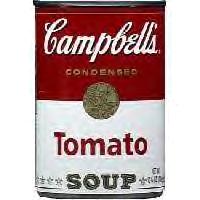 |
Regular canned and dehydrated soup, broth & bouillon | Low-sodium canned soup, broth & bouillon |
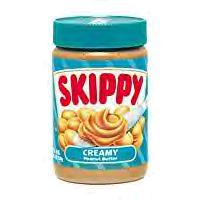 |
Regular peanut butter | Low-sodium peanut butter |
 |
With salted tops crackers | Unsalted crackers |
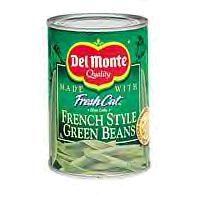 |
Regular canned vegetables |
Fresh, frozen and low-sodium canned vegetables |
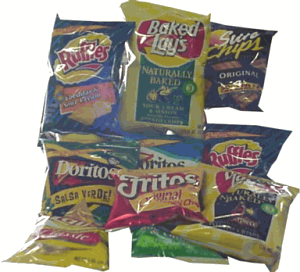 |
Salted snack foods | Unsalted snack foods |
|
|
| BACK to FAQs |
| HOME | UP |